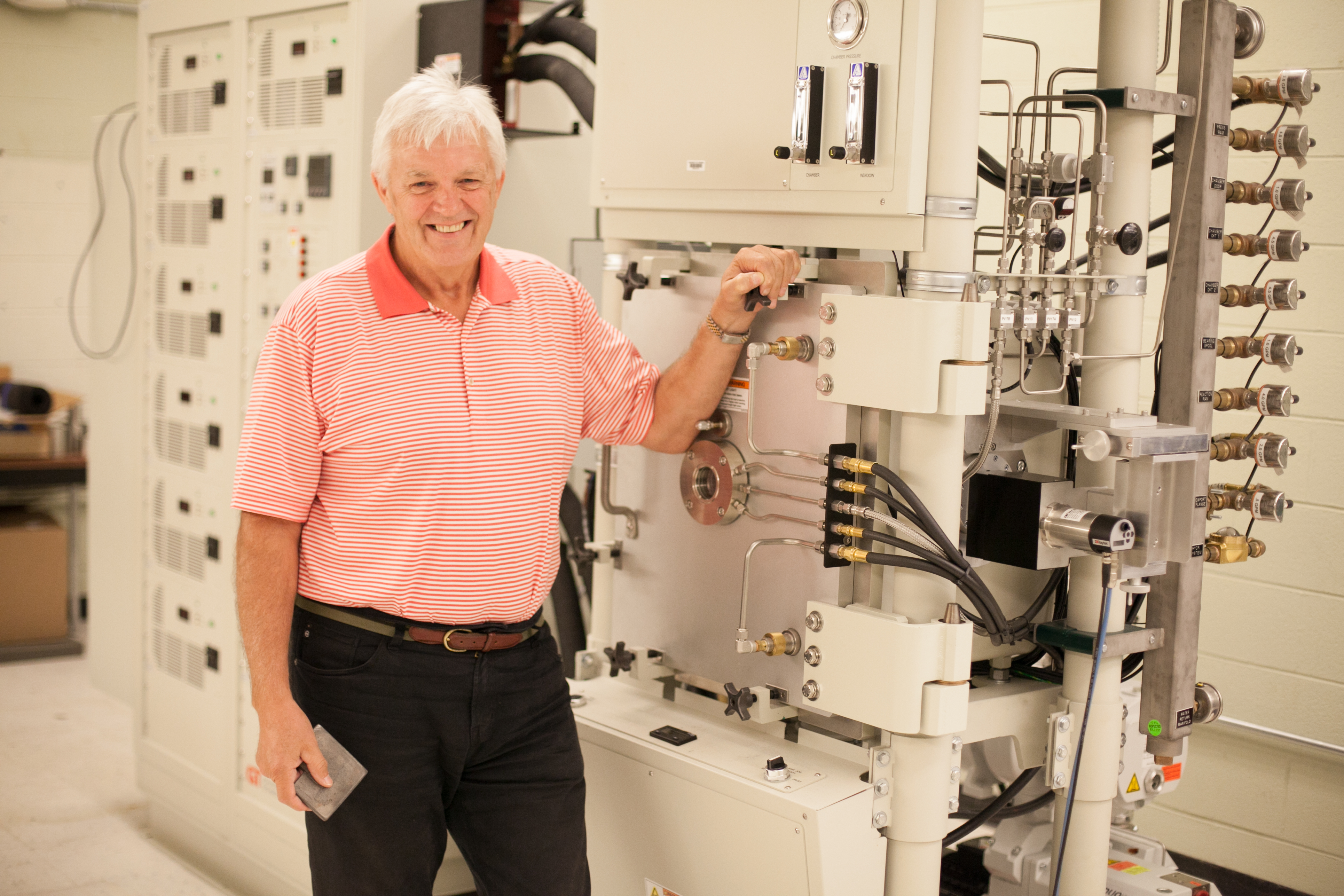Last fall, nine finalists competed for a chance to win the sixth annual University of Virginia Entrepreneurship Cup competition. The first place prize went to a team led by forth year Nanomedicine student Kevin Eisenfrats.
Story by Lauren Jones and Ashley Patterson in
UVA TODAY:
Four teams divvied up $40,000 in prize money Friday at the sixth annual University of Virginia Entrepreneurship Cup competition, where new student-initiated ventures hoped to get their footing with a generous investment sponsored by the
Office of the Vice President for Research in partnership with Third Security LLC and Vonage.
“The concepts presented today covered talents and ideas from all over the schools of the university,” said Thomas C. Skalak, vice president for research. “We can say the entrepreneurial spirit is layered over U.Va.”
He noted that more than half of the nine finalist pitches were interactive media concepts, and the rest were new inventions of physical devices or therapies. But with three-quarters of the winnings, the material inventions won out.
The winners of the $20,000 first-place prize went to an almost exclusively first-year team of Ann Liu, Alexander Karmi and Melissa Pena and their fourth-year team leader, Kevin Eisenfrats, who developed the idea for a gel-based contraceptive injection for male cats and dogs that could transform the way the animal population is controlled.
The current vet-administered procedure for neutering costs pet owners hundreds of dollars, is surgically invasive and painful, irreversibly alters hormones and can often lead to complications such as increased risks of prostate and bladder cancer, said Eisenfrats, a
nanomedicine engineering major. He and his teammates are pre-commerce and engineering students who met through a biotechnology entrepreneurship program at U.Va. called
Biotrep.
“The truth is that the neutering procedure hasn’t changed in centuries,” he said. “There’s a two-week recovery period after the surgery, it’s expensive, and there are way too many risks that come along with it.”
The students’ solution package, called “Contraline,” contains two parts. First, they’ll provide an existing contraceptive polymer gel that vets can inject into a male pet’s vas deferens (the tube that transports sperm from the testes). Instead of sterilizing the animal, the gel will effectively block the sperm from flowing for 12 years – the average lifespan of most pets, Eisenfrates said – but it’s also easily reversible, a trait that competitive animal breeders would find attractive.
To accurately inject the gel, the students are developing a handheld ultrasound device that vets can use to see beneath the animal’s skin, similar to an x-ray machine. The vet can use the device to insert the gel, and to check on the status of the contraception at any subsequent checkup.
“We’re taking the neutering procedure, which is surgically invasive and has many problems for the animal, and turning it into a much safer and less complicated procedure,” Eisenfrats said. “Think of it like a flu shot.”
The new procedure will reduce pet trauma while still controlling the animal overpopulation, and with a cost to consumers of $150, it promises a faster and cheaper alternative to neutering.
In a pet sterilization market valued at more than $3 billion annually, Contraline’s “no-snip” contraceptive method has the potential to make a huge impact.
“We are shocked and ecstatic to win,” Eisenfrats said. “[Our team] has come very far and it wouldn’t have been possible without the help of Biotrep and Dr. John Herr, my mentor and our team’s adviser.”
The $10,000 second-place check was awarded to the NostraJAMUS team, which pitched its idea for an online music platform centered on discovery and popularity betting. Commerce students Collin Waldoch, Tony Olmert and Vincent Ning developed the concept for the website, which encourages users to share songs they think will be the “next big hit,” post the song on their profile page, and then gain popularity on the site if other users agree. In a twist from other music-discovery sites, players can enter contests to place small bets on which music acts will rise, and the outcomes result in cash winnings.
The team proposed to make pick new hit songs like drafting a “fantasy football” steam, and by pairing music discovery with monetary incentives, they’ll facilitate a fun, interactive community that music lovers will want to keep coming back to – and will set itself apart from other services that rely more on their music volume than its value, they said.
Two other teams won $5,000 checks for honorable mention.
Commerce students Doug Chan, Shreyas Harihanan, Dawn Lu and Seth Nelson received funding to propel their “Community Honor Fund,” a short-term loan and financial coaching program specifically for university towns. The fund aims to offer low-interest loans to families in need living in the Charlottesville community, and enroll the borrowers with a student-run loan counseling service that will educate the families, and train students in financial literacy coaching.
The other $5,000 check went to Tim Barry, Stephen Simion, and Pearson Gunn for RHEOFLEX, a brace to help reduce knee injury in football. Football players often avoid wearing braces because the rigid, uncomfortable fit impacts their performance. The student team, made of two engineers and a commerce student, have engineered a lightweight, flexible polymer-based brace that tenses up when it sense the knee is about to give out, combating both problems. The engineering students have already started developing the brace as part of their fourth-year capstone project.
“There was a great diverse number of concepts that we got to see today, and the judges all felt that the level of poise and passion that you brought to your concepts was incredibly impressive,” said competition judge and U.Va alumnus Mark Lefar as he prepared to announce the winning teams. “Keep plugging away at your ideas.”





